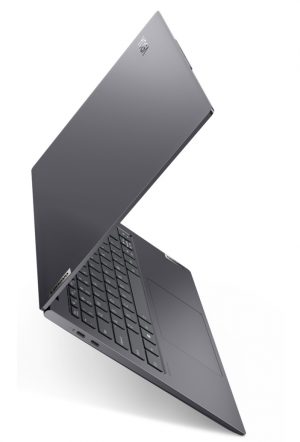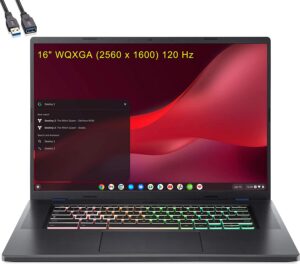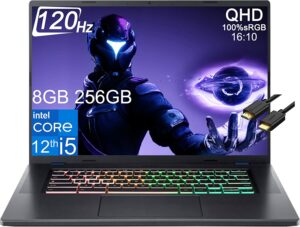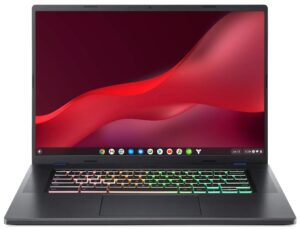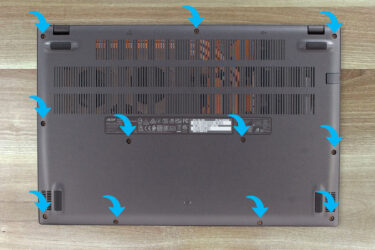[Comparison] Intel Core i5-1240P vs AMD Ryzen 5 5600H: “Max TDP of 28W” – only in AMD’s dreams
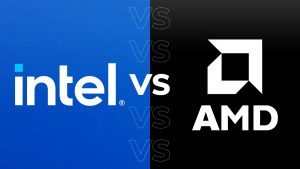 The CPU market is getting very competitive, with the two sole players going at it constantly, in a war that has spanned decades. Today, we add another chapter, as the 28W Core i5-1240P goes against the Ryzen 5 5600H, a CPU with nearly twice its power limit.
The CPU market is getting very competitive, with the two sole players going at it constantly, in a war that has spanned decades. Today, we add another chapter, as the 28W Core i5-1240P goes against the Ryzen 5 5600H, a CPU with nearly twice its power limit.
However, it has only half the cores of the Core i5, with Team Blue being the ones that for once, offer the higher-core count processors, which was usually AMD’s key tactic. Let’s see if Alder Lake’s technological improvement is more than what the Ryzen can handle.
Here is our Top Laptop CPU Ranking, which has the best laptop CPUs in a list, based on performance.
Today we are comparing the Intel Core i5-1240P against the AMD Ryzen 5 5600H.
You can find more information about both CPUs here: Intel Core i5-1240P / AMD Ryzen 5 5600H
Specs table
| Intel Core i5-1240P | AMD Ryzen 5 5600H | |
|---|---|---|
| Architecture | Alder Lake-P | Zen 3 |
| Cores / Threads | 12/16 | 6/12 |
| Clock Speeds – Base/Boost | 1.20 – 4.40GHz | 3.30 – 4.20GHz |
| Cache | 12MB | 16MB |
| Lithography | 10nm | 7nm |
| TDP | 28W | 45W |
| Memory type | DDR5-4800, LPDDR5-5200, DDR4-3200, LPDDR4x-4267 | DDR4-3200, LPDDR4x-4267 |
| Integrated GPU | Intel Iris Xe Graphics G7 (80EU) | AMD Radeon RX Vega 7 (R4000/5000, 35/45W) |
CPU benchmarks
The Core i5 scores 17% higher in 3D Rendering with Cinebench 20, while also being nearly two seconds quicker in our Photoshop test.
Results are from the Cinebench R23 CPU test (the higher the score, the better)
Results are from our Photoshop benchmark test (the lower the score, the better)
GPU benchmarks
Now its time to see how the iGPUs do, as they are an integral part of a laptop, even ones that handle gaming, as many laptops implement a tactic that puts the dedicated GPUs output through the integrated solution, in order to save power, while taking a slight hit to performance.
The iGPU inside the Intel CPU does way better in benchmarks, scoring 34% and 37% higher in 3DMark Fire Strike and Unigine Superposition, respectively.
Results are from the 3DMark: Time Spy (Graphics) benchmark (higher the score, the better)
Results are from the 3DMark: Fire Strike (Graphics) benchmark (higher the score, the better)
Results are from the 3DMark: Wild Life benchmark (higher the score, the better)
Results are from the Unigine Superposition benchmark (higher the score, the better)
Gaming tests
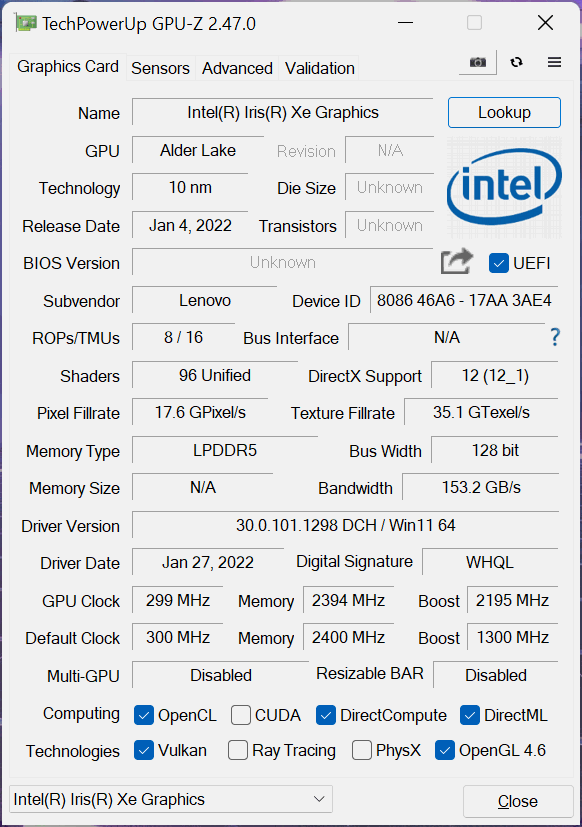
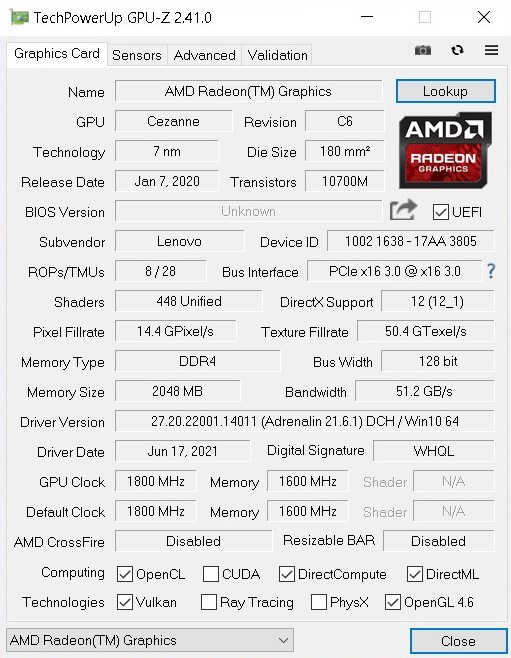

| CS:GO | HD 1080p, Low (Check settings) | HD 1080p, Medium (Check settings) | HD 1080p, MAX (Check settings) |
|---|---|---|---|
| Intel Iris Xe Graphics G7 (80EU) – Core i5-1240P | 144 fps | 92 fps (+2%) | 64 fps (+3%) |
| AMD Radeon RX Vega 7 (R4000/5000, 35/45W) – Ryzen 5 5600H | 145 fps (+1%) | 90 fps | 62 fps |

| DOTA 2 | HD 1080p, Low (Check settings) | HD 1080p, Normal (Check settings) | HD 1080p, High (Check settings) |
|---|---|---|---|
| Intel Iris Xe Graphics G7 (80EU) – Core i5-1240P | 160 fps (+6%) | 106 fps (+19%) | 61 fps (+33%) |
| AMD Radeon RX Vega 7 (R4000/5000, 35/45W) – Ryzen 5 5600H | 151 fps | 89 fps | 46 fps |
Conclusion
The 28W power limit on the Core i5-1240P is a limit, but only on paper, as Intel allows the manufacturers to increase it if the power brick and the cooling allow it, which comes with more performance. In this way, the Core i5 matches the TDP of the Ryzen 5, while doubling the cores and adding four extra threads, so it’s easy to see why we see such a performance gap.

